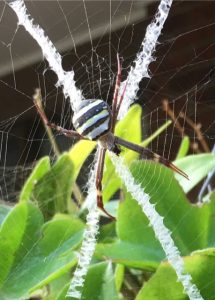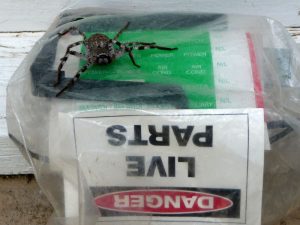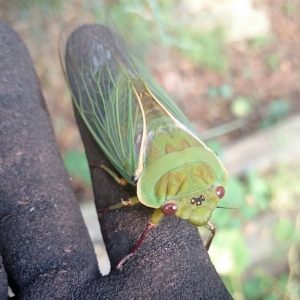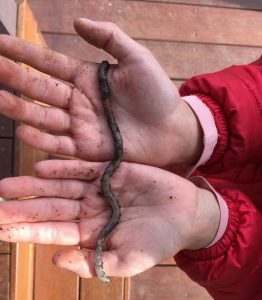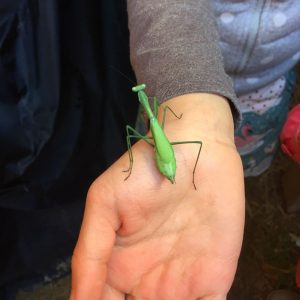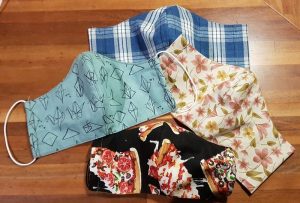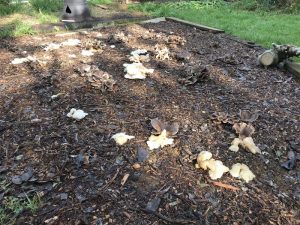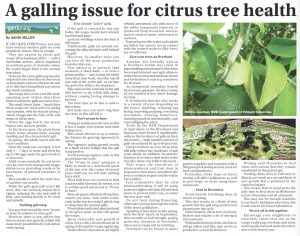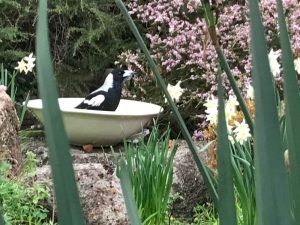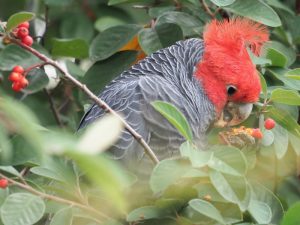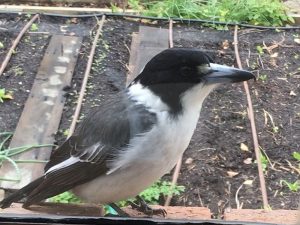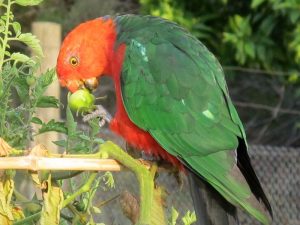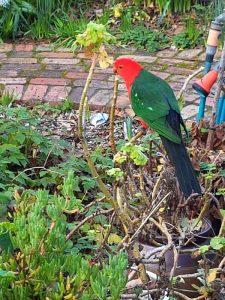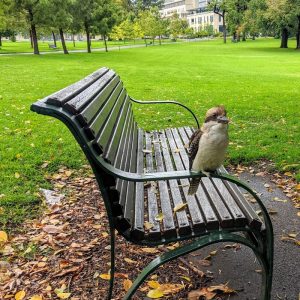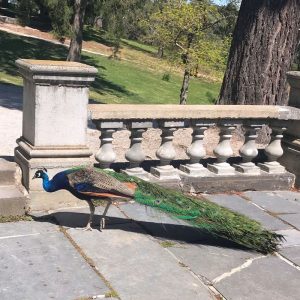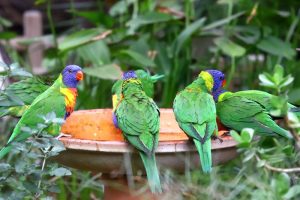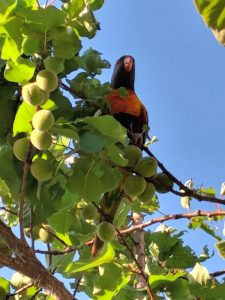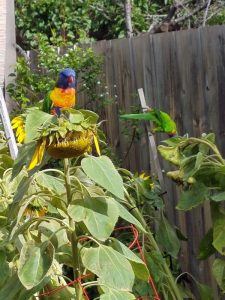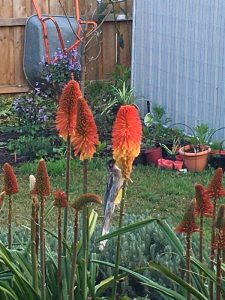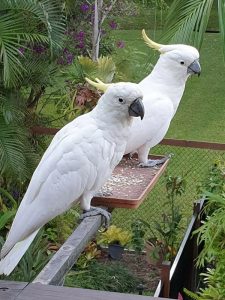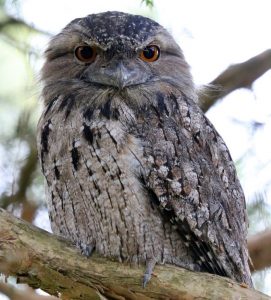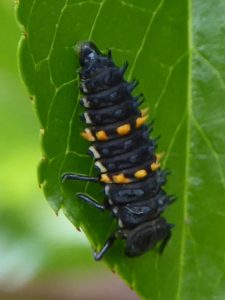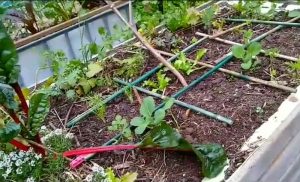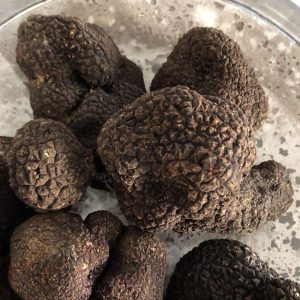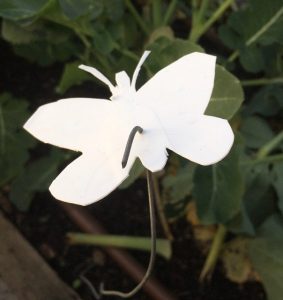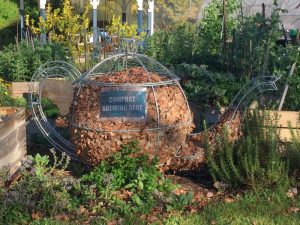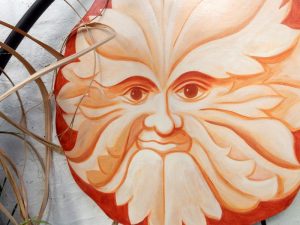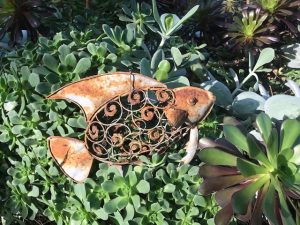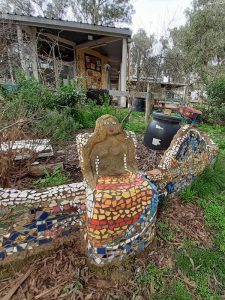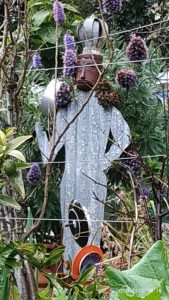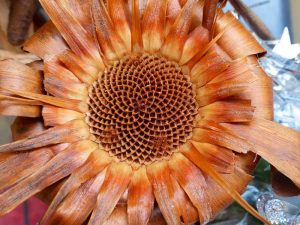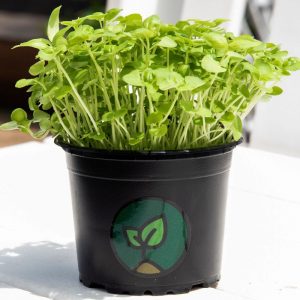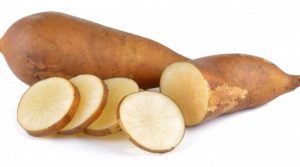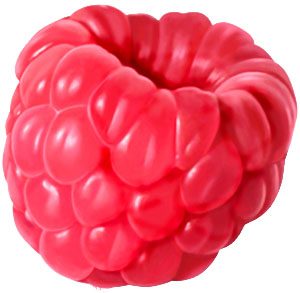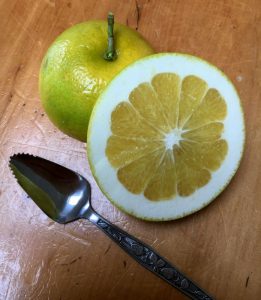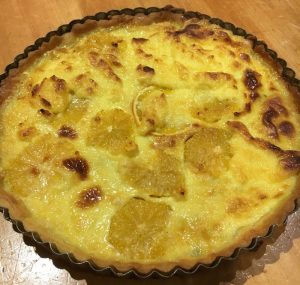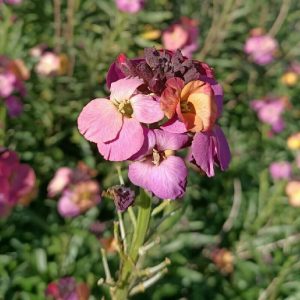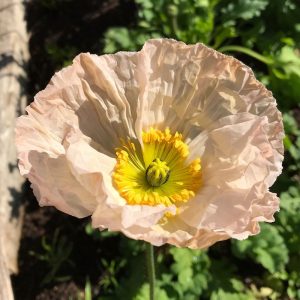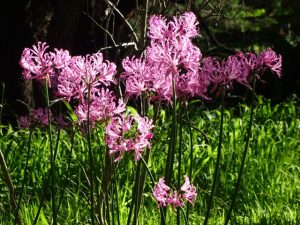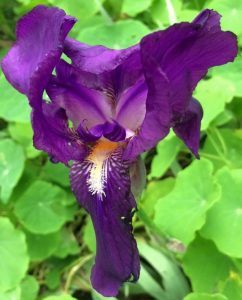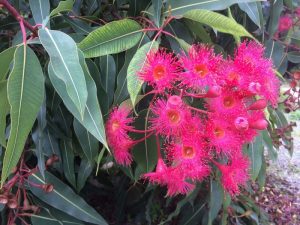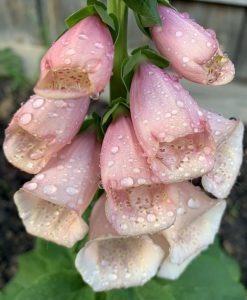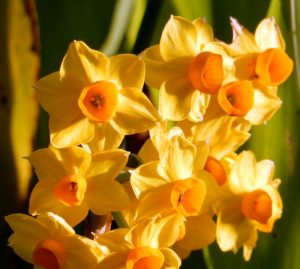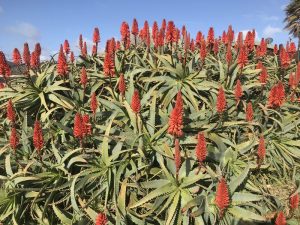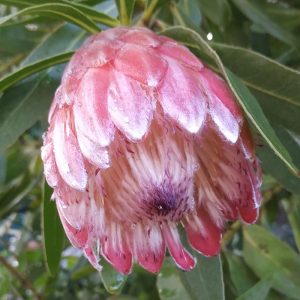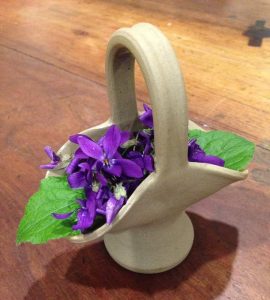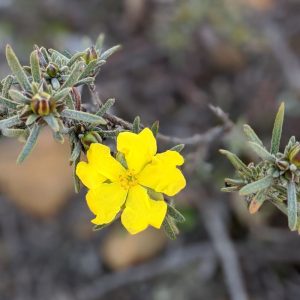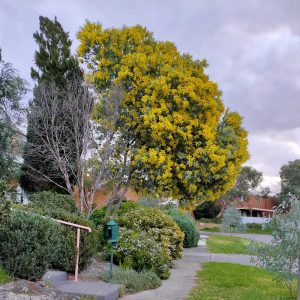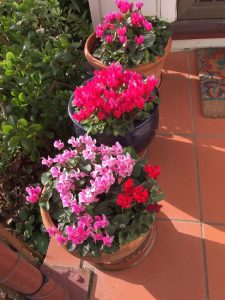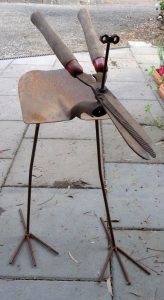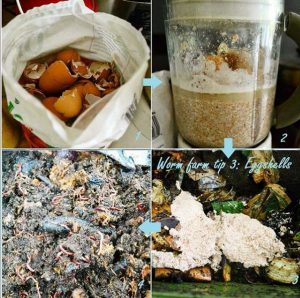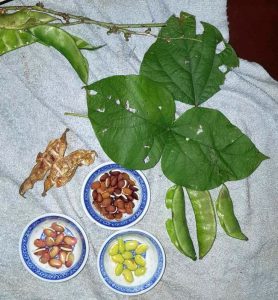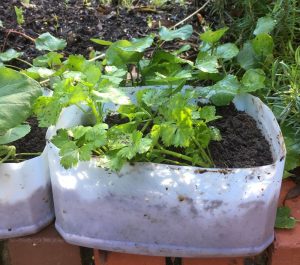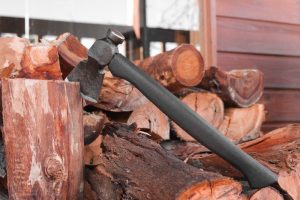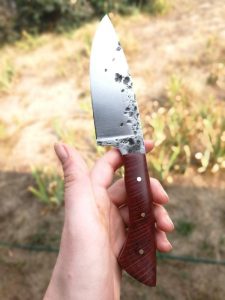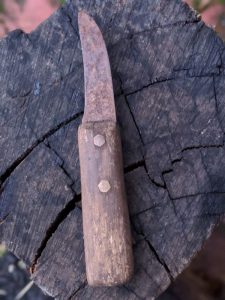Thanks to all the people who have contributed to this week’s newsletter: Angelo Eliades, Angie O’Connor, Cate Townsend, Cathy Romeo, Connie Curato, David Hicks, Deb Thomson, Graeme Townsend, Judy Vizzari, Karin Motyer, Lucinda Flynn, Lyn Richards, Megan Goodman, Mei Yen Ooi, Melita Proebstl, Michelle Cheah, Nada Cunningham, Pam Jenkins, Peta Heywood, Rita Varrasso, Robert Lastdrager, Robin Gale-Baker, Susan Palmer, Tracey Bjorksten, Tracey O’Neill, Virginia Solomon and Yennie Starkey.
What farmers’ markets will be happening this weekend?
On Saturday: Coburg. Not Carlton.
On Sunday: Alphington and Eltham.
Judy interviews Cate and Graeme Townsend from Microtown
 In between the various lockdowns, our interviewers continue to interview. This month, we have Judy Vizzari’s interview with Cate and Graeme Townsend from the Eltham-based grower of microgreens, Microtown.
In between the various lockdowns, our interviewers continue to interview. This month, we have Judy Vizzari’s interview with Cate and Graeme Townsend from the Eltham-based grower of microgreens, Microtown.
So, what are microgreens? In Cate and Graeme’s words: “Microgreens are young vegetable greens that are only a few centimetres tall, with an aromatic flavour, coming in a variety of colours and textures. They contain concentrated nutrient content. Despite their small size, microgreens pack a nutritional punch (up to 40 times more nutritional value than mature vegetables). Microgreens are considered to be baby plants, falling somewhere between a sprout and baby green, but they shouldn’t be confused with sprouts (which do not have leaves). Microgreens are usually harvested 7–21 days after germination, once the plant’s first true leaves have emerged. They’re more than a garnish.”
Cate and Graeme grow their microgreens in a free-standing air-conditioned room in their backyard. As Judy says, “The plants are grown in specially blended soil, they’re watered by a custom automated watering technique, and the lights are set to provide appropriate colour, or lack of it, to enhance growth. It seems that, whilst plants need darkness to germinate, to thrive they need the differing hues of sunlight depending on their stage of development. The temperature in this space is kept at a constant 22 degrees celsius.”
Robin’s food growing tip of the month – coddle your fruit trees against codling moth!
It’s now a good time to protect your apples, quinces and pears from the ravages of codling moth. While any time is a good time to intervene in the lifecycle of the codling moth, they will lay their eggs on the leaves of blossoming trees in spring and renew their lifecycle so intervening at this point is wise.
The codling moth lifecycle comprises:
- Egg stage in spring.
- Larval stage in spring and summer where small caterpillars begin eating the leaves and then tunnel into developing fruit.
- Pupal stage, where the caterpillars leave the fruit in late summer and create a cocoon in winter.
- Adult stage, where the cycle begins again as the moths are born.
If the weather is right, this cycle can repeat itself 2-3 times a year. The first generation will cause fruit to fall from the tree, the second and third are the ‘worms’ in your fruit, and the third generation is the one that pupates over winter.
The moths are grey with brown bands and bronze markings and have a 20mm wing span. They can be 10-15 mm in length. They tend to crawl up tree trunks when they hatch from their cocoons rather than fly.
Evidence of infected fruit is the tiny brown holes on the skin and the black poo trails going from the skin to the core (where the caterpillar feeds on the seeds). There is no remedy at this stage. Discard any fruit including any dropped on the ground. Burn it or feed it to chooks but do not compost it. Do this weekly.
Good garden hygiene is essential to deter codling moth. When the caterpillars exit the fruit, they look for crevices in the bark of the tree, litter in tree forks, or mulch/leaves on the ground in which to create their cocoons. Clearing out loose bark, litter in the junctions and mulch/leaves in the vicinity of the trees is a good start.
There are numerous ways of deterring codling moth, some physical and some chemical. Personally, I find chooks best, especially if confined to an orchard. They will rummage around the base of the fruit trees and eat the young moths. However if you don’t have chooks, you might like to try one of the following methods.
Tie a 5-10cm strip of corrugated cardboard around the trunk and large branches of each fruit tree in November and January. The cocoons will form in the corrugations. The cardboard should be replaced every 3 weeks and burnt, with the cardboard sleeves replaced (this can be done year round if you have the energy!). Similarly, you can create a ‘home’ for the cocoons by building fence paling traps which consist of 30cm paling offcuts, screwed together with a 5cm gap. These create a place for the caterpillars to form their cocoons. Hang these traps in the trees and inspect the traps every 3 weeks, clearing out any pupating larvae.
Bait traps are also effective. Use a plastic bottle with a hole cut in the side, hang it in the tree and fill the base with a 5cm depth of molasses or diluted port or sherry covered with a cooking oil. The sweetness is attractive to the moth which will enter the trap and become caught in the oil. The moth can also be trapped by sticky horticultural glue painted around the tree trunk and scaffold branches, and pheromone traps which you can purchase from nurseries.
Chemical treatments include pyrethrum (which I don't recommend as it is a wide spectrum spray and kills beneficial insects as well as non-beneficial), Dipel (which needs to be timed well and is only effective once caterpillars have developed) and eco oil (also time sensitive in that you need to locate all eggs on leaves – and an adult can lay 60 at a time – and smother them with the oil).
Clearly, prevention is the best method and using an integrated pest management approach year round that incorporates a number of methods is most effective.
More on yacon
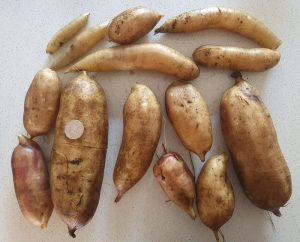 A few weeks ago, we published a video by Pam Jenkins on harvesting yacon. Since then, I have harvested my yacon and the photo is just a small sample of what I dug up (to gauge size, look at the 50c piece in the photo). It produced an enormous number of tubers and, via Incredible Edible Eltham, I have been giving them away to my neighbours. One such is Mei Yen Ooi who has written in: “It’s interesting when eaten raw but I’ve also tried cooking it. When cooked, it tasted almost identical to another vegetable I grew up with, called jicama. However it’s very rare to find jicama here in Melbourne and we haven’t had it for years!”
A few weeks ago, we published a video by Pam Jenkins on harvesting yacon. Since then, I have harvested my yacon and the photo is just a small sample of what I dug up (to gauge size, look at the 50c piece in the photo). It produced an enormous number of tubers and, via Incredible Edible Eltham, I have been giving them away to my neighbours. One such is Mei Yen Ooi who has written in: “It’s interesting when eaten raw but I’ve also tried cooking it. When cooked, it tasted almost identical to another vegetable I grew up with, called jicama. However it’s very rare to find jicama here in Melbourne and we haven’t had it for years!”
Another neighbour, Angie O’Connor, has sent in this poem:
Oh, yacon
I reckon
to snack on
you beckon.
Angie’s father, John, recently sent me the following poem:
A signal from E.T. afar
was sent to Earth via galah
but no one had the wit
to comprehend it
galahs being smarter, by far.
Yes, you did know (maybe)!
Two weeks ago, Paul Hemsworth asked why earthworms were ending up drowned in his bird bath.
Michelle Cheah: “It seems that earthworms are attracted to moisture. They come out of the ground on a rainy day not to escape drowning in the ground but because the extra moisture helps them take in more oxygen through their skin and also to migrate longer distances across soil. They can move further over wet soil overground than they can underground by burrowing. The pool of water in the birdbath is concentrated moisture so that is probably what is drawing them towards it. I have also found that earthworms don’t drown per se and can live fully submerged underwater for days, although extended exposure to sunlight can paralyse them and make them appear dead. I suggest that Paul checks the bird bath daily and rescues any that he finds. Alternatively, raise the bird bath if practical to do so.”
Deb Thomson: “I am assuming the earthworms are seeking out that extra moisture and then drown. Perhaps Paul could try wiping the outsides of his bird bath, down to the ground, with eucalyptus oil to see if this deters the worms on their suicide mission.”
Tracey O’Neill: “ I have seen birds dropping earthworms into a bird bath. Perhaps they don’t realise how deep the water is and are unable to fish the worm back out?”
Peta Heywood: “I think birds (magpies) go to have a drink and leave their worm behind. I can’t prove it yet.”
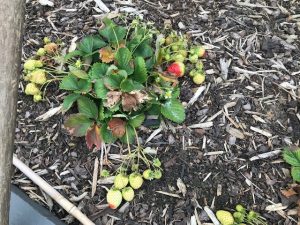 Do you know?
Do you know?
Melita Proebstl asks: “Will my strawberry fruit ripen at this time of year or should I cut them off. Should I also cut the flowers off?” Email me with your answer.
Want a job?
Farm Hand – Animal Husbandry and Farm Operations at Collingwood Children’s Farm. Full-time. No salary range given. Closing date 31st July. Read more and apply.
Want to buy a face mask and support a worthy cause?
Last week, we discussed how Virginia Solomon would be selling handmade face masks at Eltham Farmers’ Market, with all proceeds going to Permaculture Australia. Well, they sold out within an hour!
I decided to have a look around Virginia’s website. It’s rather well written. For example, here is what she says about the current lockdown (which she calls ‘Iso 2’): “Iso 1 came during harvest time for us … We considered ourselves lucky and looked forward to lovely days in the garden and less lovely ones doing crafts and sorting jobs around the house. But Iso 2 is different … It is mid-winter, it is dank and depressing outside … I can feel myself, almost literally, sinking – deflated, unmotivated, drifting into inertia. So I decided to only do what I normally do, and to share it. By focussing on the simple repetitive tasks that keep my ‘system’ ticking along, I hope to focus on what I can have an influence over. Small successes, little gestures for my co-inhabitants, fellow creatures and me. I can’t cure the pandemic, I can’t cope with the statistics and hyperbole, but I can maintain my resilient permie ecosystem.”
One of Virginia’s ‘little gestures’ has been articles about kefir and sourdough cultures, naturally brewed vinegars and sourdough crackers.
Want any more newsletters?
If this newsletter is not enough for you, here are two other local newsletters that you might like to try.
The monthly Sustainable Macleod newsletter is mainly about food happenings in Macleod but also has lots of veggie growing tips, many written by Robin Gale-Baker. Read the latest issue. Subscribe.
The weekly Melbourne Farmers Markets newsletter is centred on their various farmers’ markets but increasingly builds on this to include various food-related articles. Read the latest issue. Subscribe.
Three more articles from Angelo Eliades
Three simple soil tests to determine what type of soil you have.
How to grow, prune and propagate raspberries.
Read more of Angelo’s food-related articles.
A poem from Pam Jenkins
I had a little peach tree,
Nothing did it bear,
But some mushrooms right down near the ground,
And a pumpkin way up in the air.
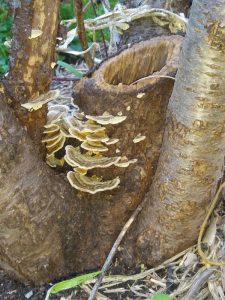
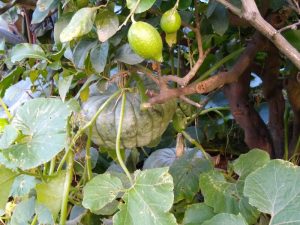
Over the years, Pam has now submitted 5 food-related poems to this newsletter. And she is one of 8 local poets featured on our website.
What seeds to plant in August
Here is a list (see the planting guide for more detail):
Leafy greensLettuce |
AlliumsLeeks |
Warm season veggiesCapsicum |
OtherAsparagus |
As Spring begins to beckon, the list begins to grow. Note that the warm season veggies can only be planted in August if under cover in seed trays.
Guy’s fruit growing tip – blueberries
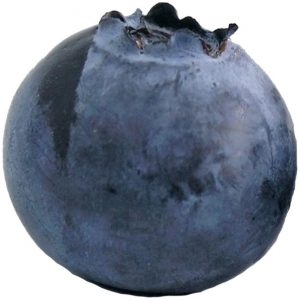 The main species of blueberry is called ‘highbush’, of which there are two types: ‘northern’ (which is deciduous) and ‘southern’ (evergreen). Traditionally, it has been the deciduous northern type that has been planted in Melbourne but Bruce Plain, owner of Bulleen Art & Garden nursery, tells me that, with climate change, the evergreen southern type is becoming increasingly popular. I have roughly equal success (or, more precisely, lack of success!) with both types. If you want to grow the deciduous northern type, now is the time to buy it from your local nursery. If, however, you want to grow the evergreen southern type, wait until Spring. All the varieties seem similar to me in terms of both growing habit and taste.
The main species of blueberry is called ‘highbush’, of which there are two types: ‘northern’ (which is deciduous) and ‘southern’ (evergreen). Traditionally, it has been the deciduous northern type that has been planted in Melbourne but Bruce Plain, owner of Bulleen Art & Garden nursery, tells me that, with climate change, the evergreen southern type is becoming increasingly popular. I have roughly equal success (or, more precisely, lack of success!) with both types. If you want to grow the deciduous northern type, now is the time to buy it from your local nursery. If, however, you want to grow the evergreen southern type, wait until Spring. All the varieties seem similar to me in terms of both growing habit and taste.
Blueberries are not grown in normal soil! Rather, they require a pH of 4.5-5.5, which is very acidic. To make the soil this acidic, you can add some granulated sulphur and dig it through the according to the instructions on the packet. To keep the soil acidic, mulch with pine needles. There are a number of pine trees along the Yarra, for example at Lenister Farm – simply take some big bags and scoop the needles off the ground. Keep the mulch away from the stem to prevent collar rot.
Read more of Guy’s food-growing tips.
Meg’s social isolation week
It is lambing time at the farm. The new lambs are born at the end of winter so that they can take advantage of spring pasture growth. My entire family normally helps out to mark the lambs. Due to restrictions, only my husband is travelling this year to help out and he works on his own in the yards in social isolation. However when he leaves, there is a box of Grandma’s yo yos waiting for him to bring home. They remind us that food does bring us together.
There is some debate in the family as to whether these biscuits are melting moments or yo yos, but Grandma says that if they are made with custard powder then they are yo yos and we go with that. This is a good simple recipe if you are out of eggs (our chickens have not laid for the past few months). It is also good for home schooling, as the amounts should be measured and it is important to count the biscuits so that each has a pair.
Grandma’s yo yos
 340g butter
340g butter
120g icing sugar
120g custard powder, sifted
340g plain flour
The icing
4 tablespoons icing sugar
1 tablespoon soft butter
1 teaspoon vanilla essence
a little water
Cream the butter and icing sugar.
Add the sifted custard powder and flour a little at a time and mix well into a dough. Roll into small balls, flatten slightly on a tray and press down with a fork.
Bake for 15-20 minutes at 160degC. Cool on trays.
Make the icing by mixing all ingredients together, adding water a little at a time until the icing is spreadable but not too runny.
Ice one biscuit and top with a second.
Reader photos
Last week’s theme – garden invertebrates
8 photos were submitted.
Rita Varrasso: “Did you know that garden snails have 4 noses, no ears, 14,000 teeth and 2 eyes on tall tentacles?”
Nada Cunningham: Can anyone confirm or correct my identification of the golden orb spider?” Email your answer.
Fly Pie! a poem by Robert Lastdrager
Thanks to Robert Lastdrager for sending in this poem about that well-known invertebrate, the fly.
There once was a fly who thought of nothing but pies
The pastry, the gravy and sauce
Then one lunchtime from high in the sky
It spotted the flurry of an apron in a hurry.
All caution abandoned on a table it landed,
And with a hop and a skip it stood on the lip
“Eureka!” it cried “What a lovely pie”
And sat down and started to sip.
With a splosh and a sigh the sauce was applied
As dribble glistened on a chin
With nostrils flared and napkin prepared
Fly and pie were hoisted toward a large toothless grin.
Out came a tongue with a lick and a smack
And after a mouth full came a terrible cough and a hack
“There’s a pie in my fly, I mean a fly in my pie!” a voice cried
As the blowie jumped with nowhere to hide.
To the kitchen window it flew
Through a small hole in the fly screen it knew
It looked to the sky and said with a sigh
“Ah, there’s always cat food and poo“
The theme from two weeks ago – garden birds
One of the bird pictures submitted two weeks ago was Cathy Romeo’s photo of a grey butcherbird. Lyn Richards has now written in say that grey butcherbirds in different areas sing different songs. They often sing a favourite phrase involving two birds – male first, female responding. It’s almost ‘postcode specific’ and a few kilometres away, you can hear another duetting pair with a different phrase altogether. Their song is a social song, usually a duet, sometimes with more group members. It’s often antiphonal – i.e. different group members sing different phrases sequentially, or even overlapping, so you can’t tell if more than one is singing. And it’s territorial, announcing the territory with loud, clear, musical boundaries. Most songs are sung with more than one phrase, lasting up to 15 minutes. This video shows how their duetting works.
This week’s theme – garden vertebrates other than birds
 This week’s photo theme will be ‘garden vertebrates other than birds’, which includes mammals, reptiles, amphibians and fish. Send me your interesting photos, together with a title and (if you want) a story, and I will publish them next week.
This week’s photo theme will be ‘garden vertebrates other than birds’, which includes mammals, reptiles, amphibians and fish. Send me your interesting photos, together with a title and (if you want) a story, and I will publish them next week.
To get you started, here is a photo of an echidna that periodically enters my garden.
Which link was clicked most times in the last newsletter?
The Horticultural Researcher job opportunity at Gardening Australia (now closed).
Proverb/idiom of the month
Storm in a teacup (British English) or tempest in a teapot (American English). Meaning: an overreaction to a minor event. This expression probably derives from the dim and distant past, namely when Cicero in De Legibus wrote about billows in a ladle (circa 52BC). Its first use in English was as storm in a cream bowl (1678), after which it became tempest in a teapot (circa 1790), storm in a wash-hand basin (1830) and, finally, storm in a teacup (1838). The great antiquity of the phrase is reflected by its existence in numerous modern languages (Wikipedia lists around 40).
Read about more food-related proverbs/idioms.
Gardening quote of the month
“Cooking, decorating, diet/self-help and gardening books are guilty pleasures and useful time fillers.” by Hillary Clinton.
Joke of the week
Submitted by David Hicks: If a plant is sad, do other plants photosympathise with it?
Upcoming online events
If you know of any events other than those listed below, email me.
Newly announced events
Pest control with companion planting: Saturday, 1st August, 1.30-2.30pm; $20; organised by Bulleen Art & Garden nursery. Read more and book on WeTeachMe.
Chicken saagwala: Saturday, 8th August, 5-6pm; $29; organised by Cook Indian by the Creek. Read more and book via Facebook.
Chicken tikka masala: Saturday, 15th August, 5-6pm; $29; organised by Cook Indian by the Creek. Read more and book via Facebook.
Rogan josh: Saturday, 29th August, 5-6pm; $29; organised by Cook Indian by the Creek. Read more and book via Facebook.
Previously announced events
Understanding and improving your soil: Saturday, 1st August, 10.30-11.30am; $20; organised by Bulleen Art & Garden nursery. Read more and book on WeTeachMe.
Chickpea curry: Saturday, 1st August, 5-6pm; $29; organised by Cook Indian by the Creek. Read more and book via Facebook.
What’s wrong with ultra-processed foods?: Tuesday, 18th August, 1.30-2.30pm; free; organised by University of Melbourne.
Open Table offer their weekly no waste cook club workshops free and online on Saturdays. As well as cooking (which is actually optional), you will learn about food waste and composting. Register on EventBrite.
Pip Magazine (some of whose journalists live in North East Melbourne) are producing a series of videos entitled simple skills for self sufficiency.
All The Dirt is a weekly podcast about gardening.

